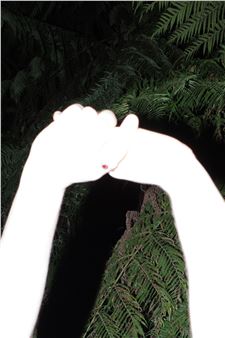Vienna: Linz Around 1900
Starting from the heyday of historicism in Linz, which culminated in the construction of the Francisco Carolinum, the exhibition in the Schlossmuseum sheds light on the exciting development of modernism in Linz. What did the city look like around 1900? What traces have the dawn of modernism in Vienna, the founding of the Wiener Werkstätte and the revolutionary works of artists such as Tina Blau, Gustav Klimt, Oskar Kokoschka, Koloman Moser and Egon Schiele left in Linz?
The exhibition is not only dedicated to the question of how the works of these important artists came to be in the collections of the province of Upper Austria, but also focuses on Upper Austrian artistic personalities. The focus is on the master draftsmen Alfred Kubin and Klemens Brosch as well as the material artist Leopold Forstner, whose main works are in Linz. These extraordinary artists shaped the cultural reorientation of Upper Austria and provided important impulses that supported the artistic awakening.
For the first time, the extensive presentation of the cultural-historical holdings paints a cross-disciplinary picture of the fin de siècle art scene in Upper Austria. From architecture to painting to applied art, it becomes clear how the trends of the turn of the century manifested themselves in the region and entered into a dialogue with international developments.

Recommended for you
Starting from the heyday of historicism in Linz, which culminated in the construction of the Francisco Carolinum, the exhibition in the Schlossmuseum sheds light on the exciting development of modernism in Linz. What did the city look like around 1900? What traces have the dawn of modernism in Vienna, the founding of the Wiener Werkstätte and the revolutionary works of artists such as Tina Blau, Gustav Klimt, Oskar Kokoschka, Koloman Moser and Egon Schiele left in Linz?
The exhibition is not only dedicated to the question of how the works of these important artists came to be in the collections of the province of Upper Austria, but also focuses on Upper Austrian artistic personalities. The focus is on the master draftsmen Alfred Kubin and Klemens Brosch as well as the material artist Leopold Forstner, whose main works are in Linz. These extraordinary artists shaped the cultural reorientation of Upper Austria and provided important impulses that supported the artistic awakening.
For the first time, the extensive presentation of the cultural-historical holdings paints a cross-disciplinary picture of the fin de siècle art scene in Upper Austria. From architecture to painting to applied art, it becomes clear how the trends of the turn of the century manifested themselves in the region and entered into a dialogue with international developments.















